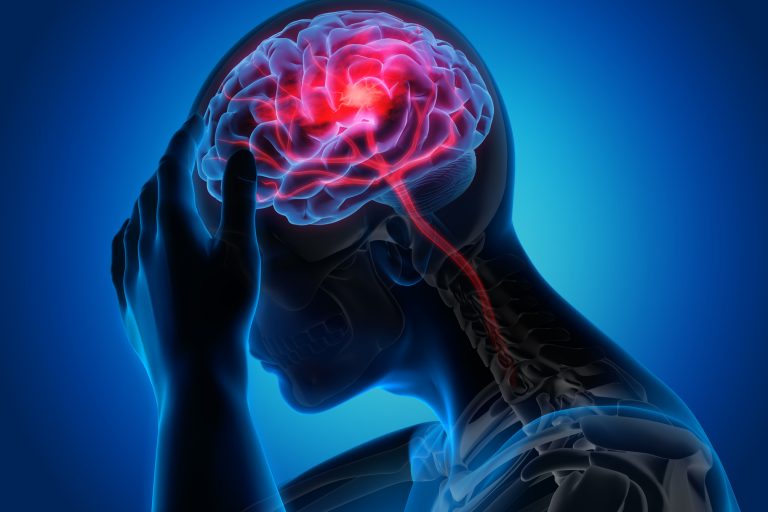
A new study by neuroscientists have reveals that an emerging image-quantifying technology called radiomics can be used to extract biomarkers from clinical brain MRI scans in stroke patients and estimate a patient’s relative “brain age.” The technique demonstrates that using relative brain age, instead of chronological age, can enhance stroke surveillance and improve predictions on post-stroke recovery.
A preprint of the non-peer reviewed study appears on the Research Square website, and presented at the European Stroke Organization Conference (ESOC 2022) in Lyon France, analyzed ischemic stroke patients across the U.S. and Europe. It showed how stroke patients with “older-appearing” brains, characterized by a higher predicted brain age than chronological age, were more likely to suffer from hypertension, diabetes mellitus, or have a history of smoking or prior stroke.
Patients with older appearing brains were also less likely to achieve a favorable post-stroke outcomes in comparison with their younger-looking counterparts.
“While chronological age is one of the most influential determinants of post-stroke outcomes, little is known of the impact of neuroimaging-derived biological brain age. We here, first examine whether radiomics analysis of the texture of brain T2-FLAIR MRI images can be used to predict brain age in stroke patients,” write the investigators.
“We then assess the clinical determinants of accelerated brain aging and, finally, its impact on post-stroke functional outcomes. Leveraging a multisite cohort of 4,163 ischemic stroke patients, we show that older-appearing patients have more hypertension, diabetes mellitus, prior strokes, and smoking history and are more likely to develop worse post-stroke outcomes than their younger-appearing counterparts.
“Our results strengthen the importance of preventive medicine for maintaining brain health in stroke patients as they age and suggest a novel methodology to capture previously undescribed prognostic information available on commonly acquired MRI sequences during routine stroke care.”

Led by Martin Bretzner, MD, from Harvard Medical School, the research team considered that while chronological age measures the amount of time a person has lived, it is less likely to precisely capture how well a patient has aged. By estimating the age of a patient’s brain, this new biomarker provides insight into the resilience of a brain to time and cardiovascular risk factors, and how well patients recover from stroke, according to the scientists.
Radiomics leverages advanced mathematical analysis to explore neuroimaging data available to clinicians, allowing experts to predict patients’ relative brain age compared to other stroke survivors and analyze their overall brain health.
“Age is one of the most influential determinants of post-stroke outcomes, but little is known about the impact of neuroimaging-derived biological ‘brain age,” said Bretzner. “Our results show that quantifying relative brain age in stroke patients can be beneficial in assessing a patient’s brain health globally, and useful in predicting how well the patient will recover from a stroke. It would also be very easy to communicate on this biomarker with clinicians and patients, as everyone instinctively understand the negative implications of an accelerated brain aging process.”
The study found that relative brain age impacted stroke outcomes independently from chronological age and stroke severity. Having previously suffered from a stroke was the most influential clinical factor that impacted relative brain age, followed by diabetes.
According to research, one in four stroke survivors will have another stroke and yet up to 80 percent might be prevented with the right treatments and lifestyle changes. The number of people living with stroke is estimated to rise by 27% between 2017 and 2047 in the European Union, mainly due to an increase in the number of people over 70.
“These findings stress the importance of minimizing cardiovascular risk factors and also highlights how cardiovascular health and brain health are tightly intertwined,” added Bretzner. “Identifying potentially modifiable risk factors that impact brain health by using radiomics and relative brain age as a biomarker could lead to the development of stroke prevention interventions and aid recovery.”













